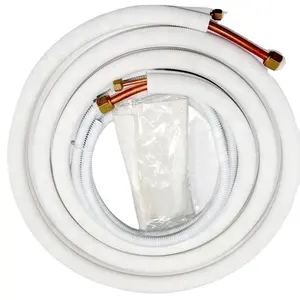
Kit de tuyaux isolés en cuivre à double bobine, ensemble avec Tube isolant, pour climatiseur portable
6,98 € - 7,45 €
Min Order: 50 pièces
CNSupplier
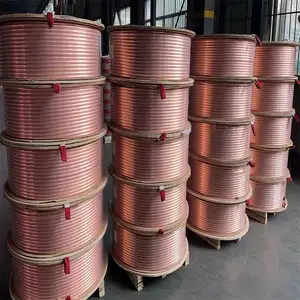
1/4 7/8 pouces Type K L M climatiseur Pancake tuyau en cuivre bobine Tube en cuivre pour échange de chaleur
6,05 € - 6,70 €
Min Order: 100 pièces
CNSupplier


1/2 3/4 tuyau de bobine en cuivre climatiseur AC tube en cuivre 3/8 rouleau de crêpe tuyau en cuivre
5,59 € - 7,45 €
Min Order: 500 kilogrammes
CNSupplier

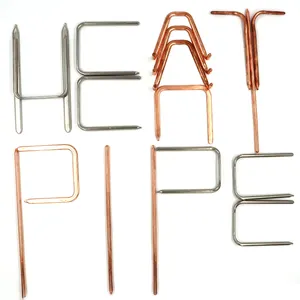
ODM tuyaux en cuivre haute puissance pliant des caloducs sous vide nickelés de 1mm d'épaisseur caloducs plats en cuivre de 350 mm
1,68 € - 3,35 €
Min Order: 10 pièces
Type: Heatpipe
CNSupplier


Tuyau en cuivre sans soudure pour chauffe-eau, tuyau en cuivre de connexion de pureté 99.9%
6,05 € - 6,70 €
Min Order: 100 pièces
CNSupplier

tuyau de cuivre de 6 pouces2 pouces tuyau de cuivre1 tuyau de cuivre de 5 poucestuyau de cuivre de 10 pouces1 tuyau de cuivre de 2 pouces3 4 pouces tuyau de cuivre5 8 pouces tuyau de cuivre1 tuyau de cuivre de 4 poucestuyau de cuivre de 8 poucestuyau de cuivre de 4 poucestuyau de cuivre de 3.5 poucestuyau de cuivre de 1.5 poucestuyau de cuivre de 5/8 poucestuyau de cuivre de 1/2 poucestuyau de cuivre bon marché

Tuyau en cuivre pour climatiseur 6.35mm, tube en cuivre de 1/4 pouces
5,59 € - 7,45 €
Min Order: 500 kilogrammes
CNSupplier


Haute qualité 1/4 pouces 0.026 pouces réfrigération droite lisse cuivre tube capillaire
0,9302 € - 2,42 €
Min Order: 1 kilogramme
CNSupplier
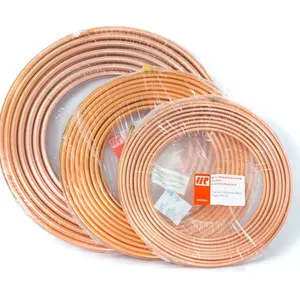
Tube en cuivre 1/4 ''1/2'' pouce tuyau en cuivre pour climatiseur et réfrigérateur
5,40 € - 8,00 €
Min Order: 1 rouleau
CNSupplier
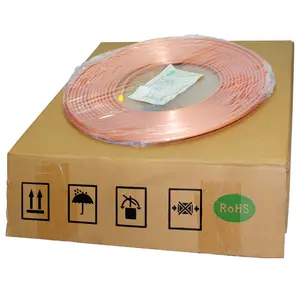
1 pouce Tuyau De Cuivre Prix En Inde Climatiseur Tuyau De Cuivre Malaisie Haute Pression de Tube de Cuivre
9,03 € - 9,07 €
Min Order: 1000 kilogrammes
CNSupplier
7 yrs
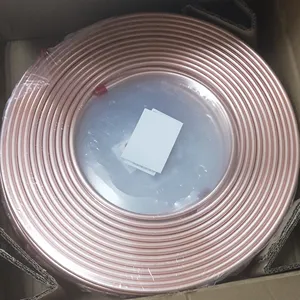
Différentes tailles climatiseur de bobine de crêpe cuivre tuyaux 3/4 pouces
7,91 € - 9,31 €
Min Order: 200 kilogrammes
CNSupplier
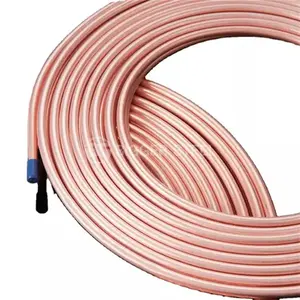
Tuyau de cuivre de tuyauterie de cuivre de réfrigération 1/4 tube de cuivre mou de 1/2 pouces pour le climatiseur et le réfrigérateur
5,40 € - 8,28 €
Min Order: 1000 kilogrammes
CNSupplier

3/8 "Rolling Pancake Copper Tube ASTM B280 AC climatiseur tuyau en cuivre 1/2 3/4 1/4 pouces tube de bobine en cuivre pour la plomberie
17,21 € - 23,72 €
Min Order: 50 pièces
CNSupplier
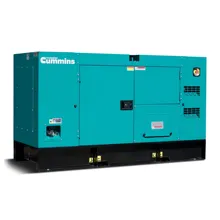

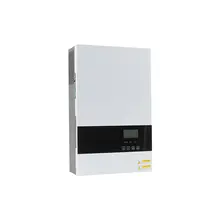
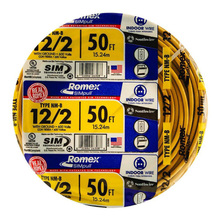
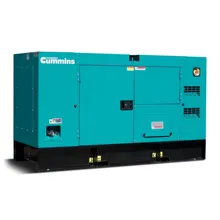






















 浙公网安备 33010002000092号
浙公网安备 33010002000092号 浙B2-20120091-4
浙B2-20120091-4